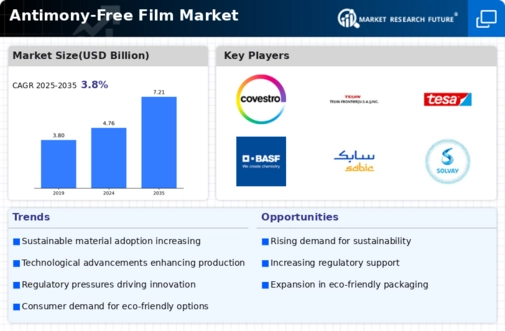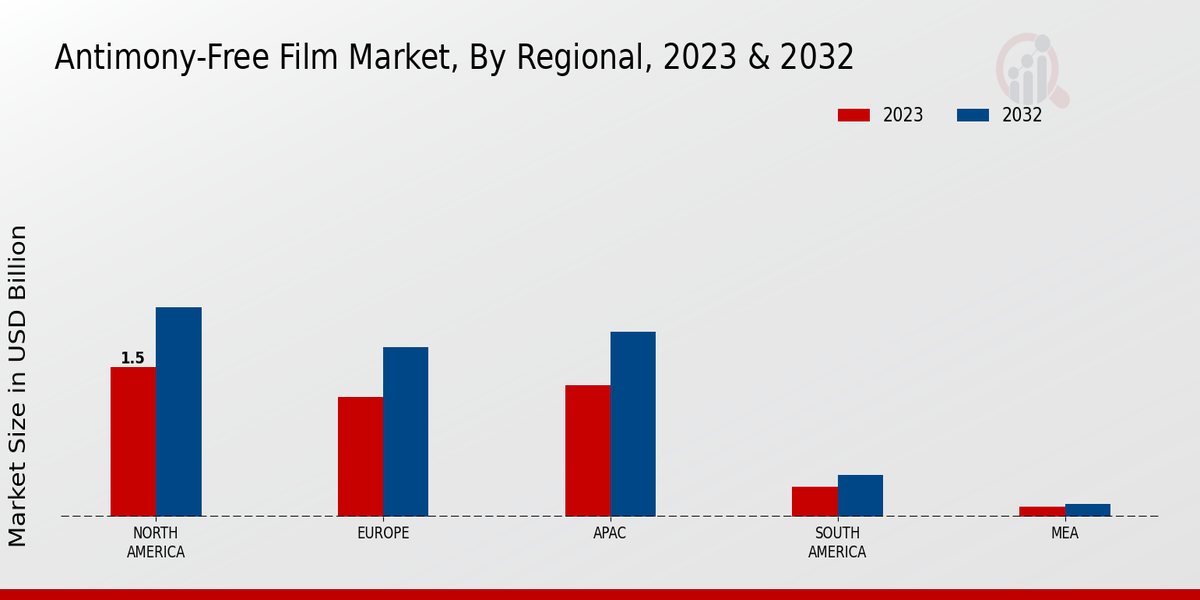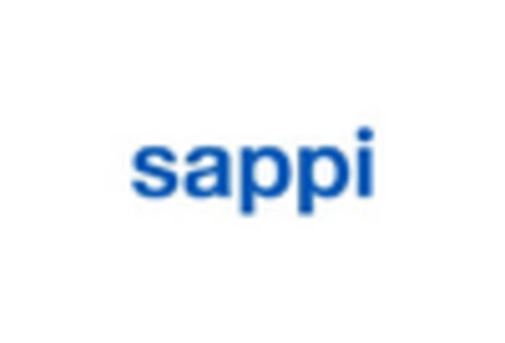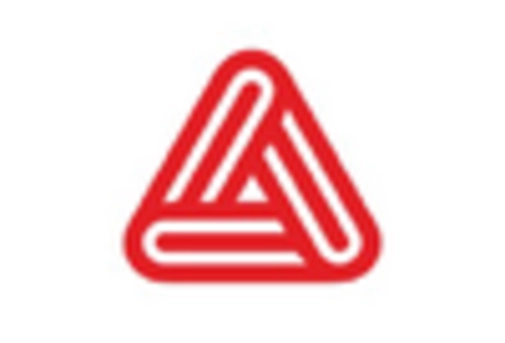Market Growth Projections
The Global Antimony-Free Film Market Industry is poised for substantial growth, with projections indicating a market value of 4.76 USD Billion in 2024 and an anticipated increase to 7.21 USD Billion by 2035. This growth trajectory suggests a compound annual growth rate (CAGR) of 3.84% from 2025 to 2035. The driving forces behind this expansion include regulatory pressures, technological advancements, and shifting consumer preferences towards sustainable materials. As industries increasingly prioritize eco-friendly solutions, the demand for antimony-free films is likely to rise, reflecting a broader trend towards sustainability in manufacturing and product design.
Growing Environmental Regulations
The increasing emphasis on environmental sustainability is driving the Global Antimony-Free Film Market Industry. Governments worldwide are implementing stringent regulations to reduce hazardous substances in manufacturing processes. For instance, the European Union's REACH regulation aims to limit the use of harmful chemicals, including antimony. This regulatory landscape encourages manufacturers to adopt antimony-free alternatives, thereby expanding the market. As a result, the Global Antimony-Free Film Market is projected to reach 4.76 USD Billion in 2024, reflecting a growing preference for eco-friendly materials. This trend indicates a shift towards sustainable practices in various industries, including packaging and electronics.
Rising Demand in Packaging Sector
The packaging sector is experiencing a notable shift towards antimony-free films, significantly influencing the Global Antimony-Free Film Market Industry. As consumers become more environmentally conscious, brands are seeking sustainable packaging solutions. Antimony-free films offer a safer alternative, aligning with consumer preferences for eco-friendly products. This demand is particularly evident in food packaging, where safety and sustainability are paramount. The market is expected to grow, with projections indicating a value of 7.21 USD Billion by 2035. This growth reflects the increasing adoption of antimony-free films in packaging applications, driven by both regulatory pressures and consumer demand for sustainable practices.
Increased Awareness of Health Risks
Growing awareness of health risks associated with antimony exposure is propelling the Global Antimony-Free Film Market Industry forward. Studies have highlighted potential health hazards linked to antimony, prompting manufacturers and consumers to seek safer alternatives. This heightened awareness is particularly relevant in sectors such as healthcare and food packaging, where safety is critical. As a result, companies are increasingly adopting antimony-free films to mitigate health risks and comply with safety regulations. This trend not only supports market growth but also aligns with the broader movement towards health-conscious consumer choices, further solidifying the demand for antimony-free solutions.
Global Market Expansion Opportunities
The Global Antimony-Free Film Market Industry is witnessing expansion opportunities across emerging markets. Countries in Asia-Pacific and Latin America are experiencing rapid industrialization and urbanization, leading to increased demand for packaging and electronic products. As these regions adopt stricter environmental regulations, the shift towards antimony-free films becomes more pronounced. Manufacturers are likely to explore these markets to capitalize on the growing demand for sustainable products. This expansion is expected to contribute to the overall growth of the market, with projections indicating a robust trajectory as companies adapt to regional preferences and regulatory frameworks.
Technological Advancements in Film Production
Technological innovations in film production are significantly enhancing the capabilities of antimony-free films, thereby impacting the Global Antimony-Free Film Market Industry. Advances in polymer science and manufacturing techniques have led to the development of high-performance antimony-free films that meet industry standards. These films exhibit improved properties such as durability, flexibility, and barrier performance, making them suitable for a wide range of applications. As technology continues to evolve, manufacturers are likely to invest in research and development, further driving market growth. The anticipated compound annual growth rate (CAGR) of 3.84% from 2025 to 2035 underscores the potential for technological advancements to shape the future of this market.





















Leave a Comment